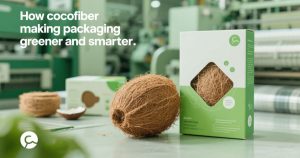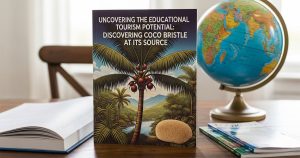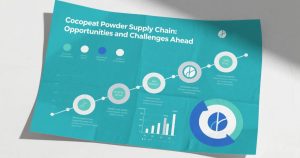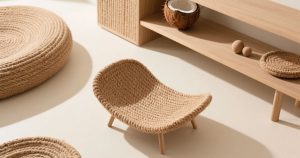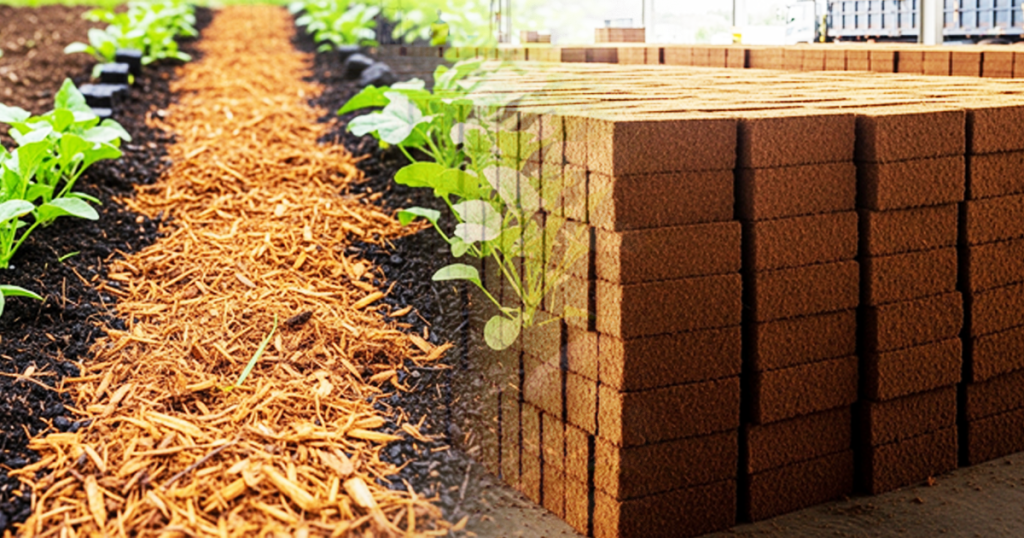What Is Coco Fiber?
Coco fiber is the coarse, brown fiber extracted from the outer husk of coconuts. Traditionally viewed as a by-product of the coconut industry, it is separated during the processing of coir pith (or cocopeat) and has long been used in making ropes, mats, and brushes. But today, its role has evolved significantly.
This lignin-rich fiber is not only biodegradable but also renewable, durable, and versatile. These characteristics position it squarely within the principles of the circular economy, which prioritizes waste minimization, resource regeneration, and sustainable product cycles.
The Circular Economy Explained
A circular economy moves away from the “take-make-dispose” model of linear economies. Instead, it focuses on creating closed-loop systems where materials are reused, recycled, and regenerated. The goal is to extend the life of resources, reduce environmental impacts, and foster sustainable growth.
Coco fiber fits into this framework because it is both a by-product and a resource. Unlike petroleum-based materials or even some commercial textiles, coco fiber doesn’t require extraction from the Earth. It is a waste material with added value, contributing to resource efficiency.
Zero Waste, Maximum Value
Each coconut yields three key products: water, meat, and husk. While the first two are typically used in food industries, the husk has often been underutilized or discarded. But with proper processing, the husk provides cocopeat (used as a growing medium) and coir fiber, creating a zero-waste opportunity.
This maximization of by-products ensures that coconut processing plants, especially in countries like Indonesia, India, and the Philippines, can operate more sustainably. In fact, the coir industry is now becoming a case study in circular production models in the tropics.
Applications Across Industries
Horticulture and Agriculture
In horticulture, coco fiber is used in erosion control mats, seedling pots, and biodegradable planters. Unlike synthetic alternatives, these coir-based products decompose naturally, returning nutrients to the soil and minimizing long-term waste.
Construction and Packaging
In the construction industry, coir has been explored as an alternative insulation and reinforcing material, thanks to its strength and moisture resistance. Eco-friendly packaging made from coir is also gaining popularity, especially in replacing plastic-based cushioning.
Automotive and Furniture Manufacturing
Major automobile manufacturers are incorporating coir composites into seat cushions and panels. It reduces reliance on synthetic foams and cuts down the carbon footprint associated with car interiors.
Environmental and Socioeconomic Impact
Coco fiber’s production process has a relatively low environmental footprint. Processing involves mechanical extraction with minimal water and chemical input. Moreover, it provides rural employment, particularly for women in coastal and agricultural communities.
In developing countries, the coir industry supports local economies by creating value from waste and reducing environmental burdens associated with open husk burning.
Challenges and Opportunities
While coco fiber is abundant and versatile, several challenges remain. Standardization across different regions, scaling processing technologies, and building global supply chains are essential for broader adoption. More research is also needed to improve fiber treatments and unlock new uses in high-value sectors such as bioplastics and composites.
However, the growing consumer demand for sustainable materials, along with regulatory pressure to reduce plastic waste, is accelerating innovation. With support from government policies and private investment, coco fiber could become a staple material in the green economy of the future.


